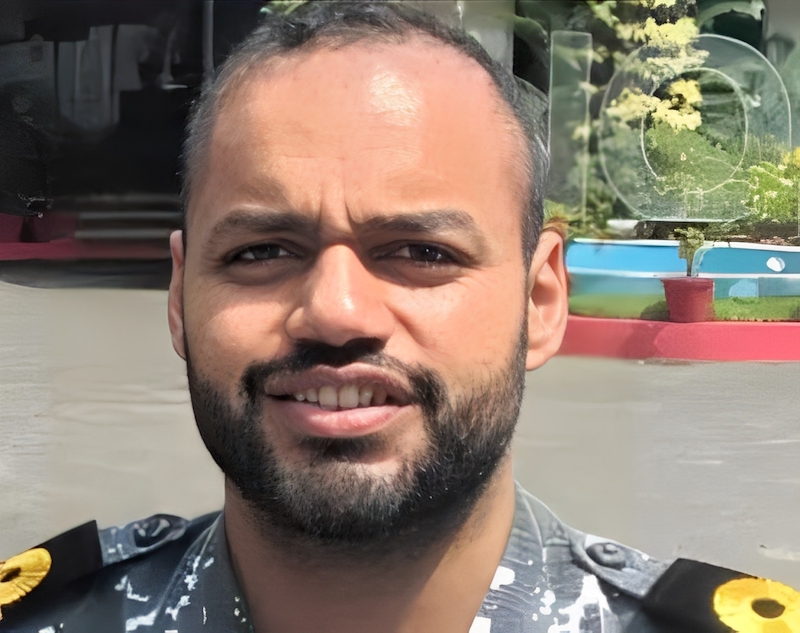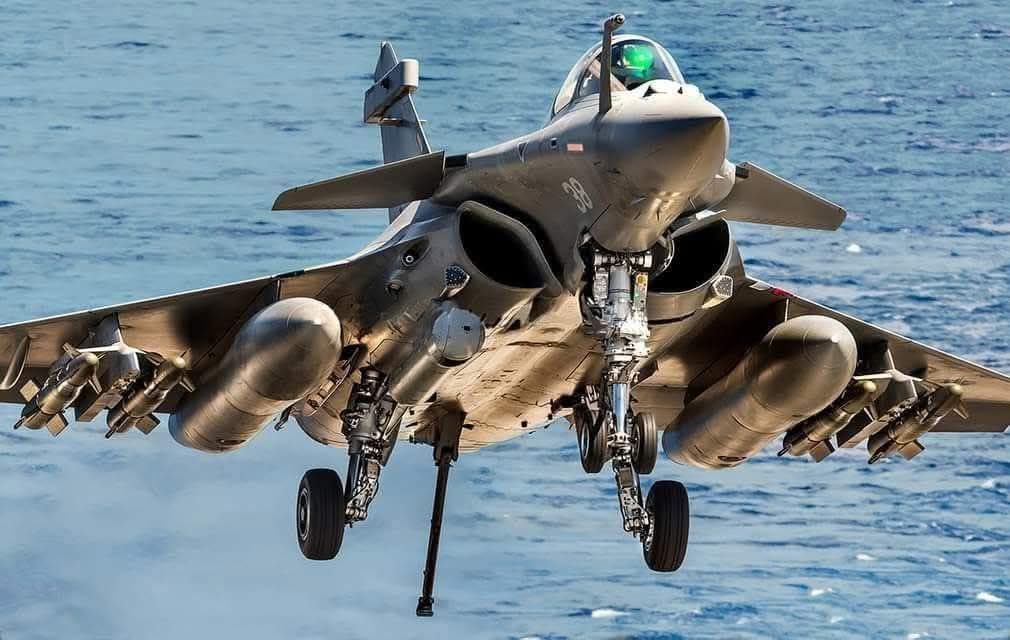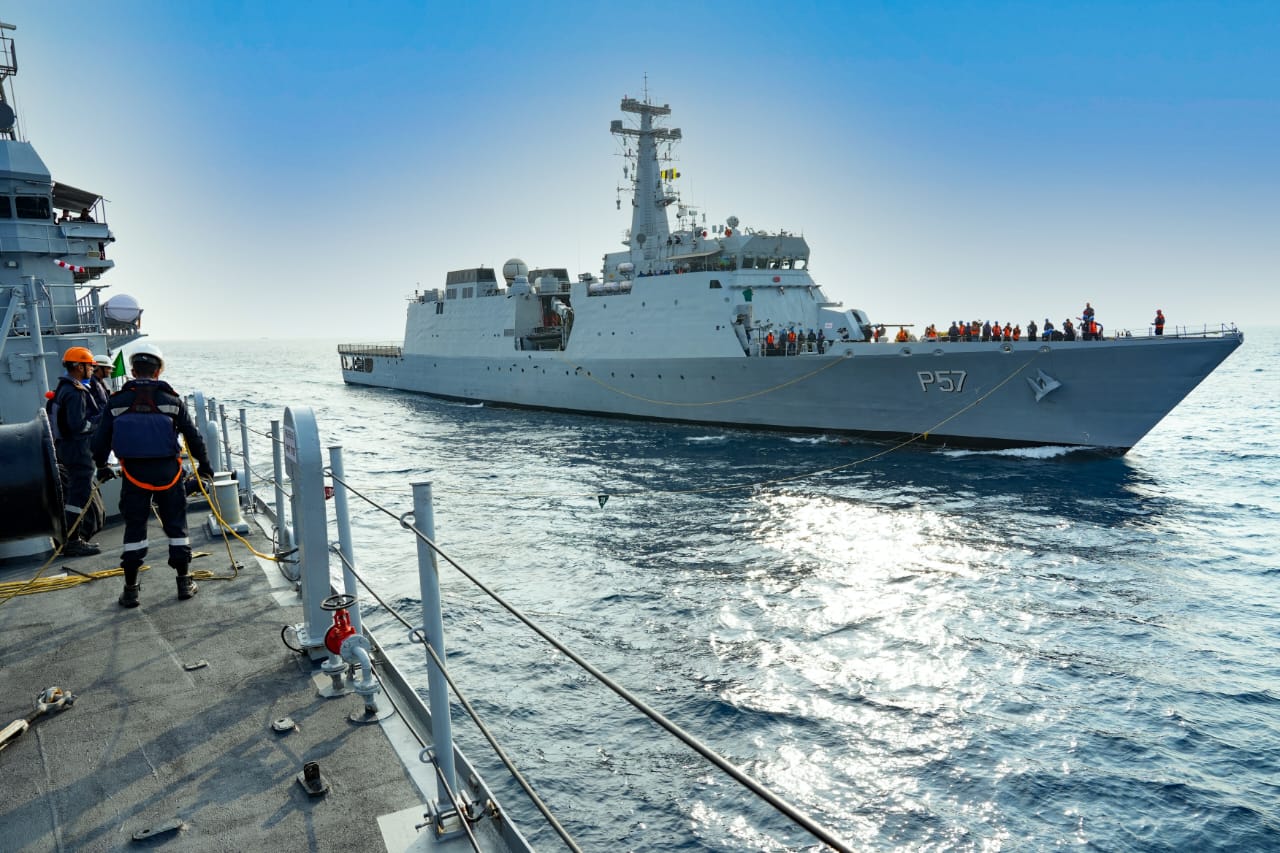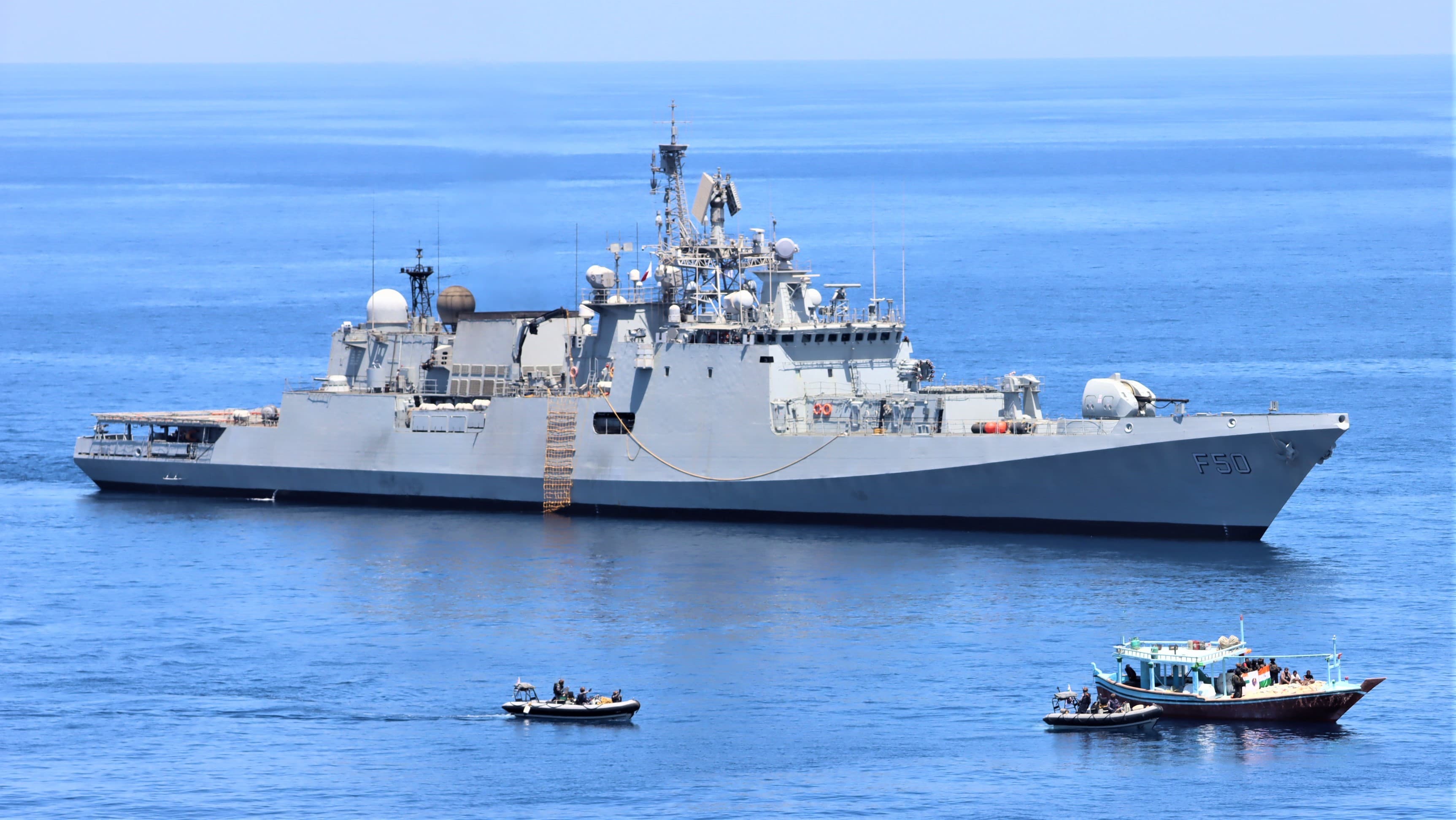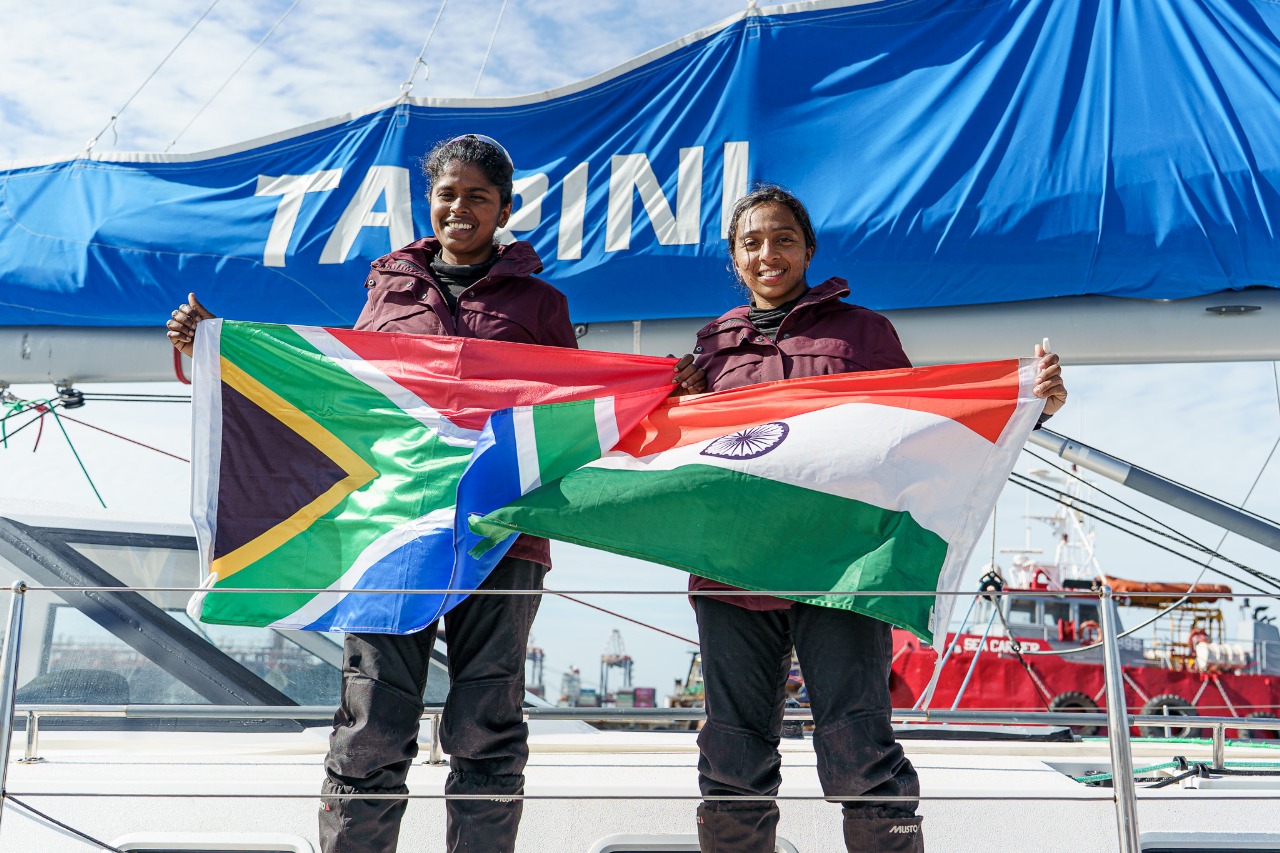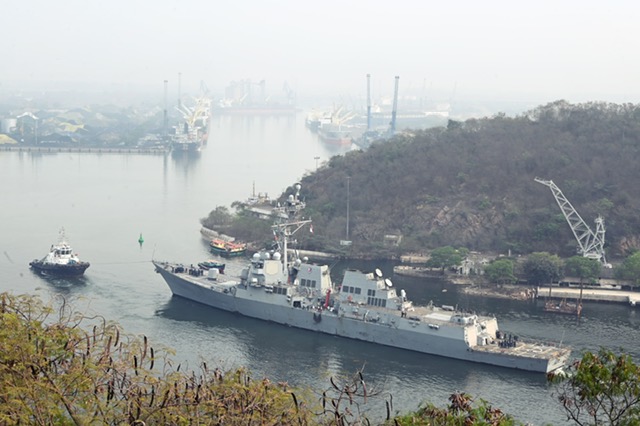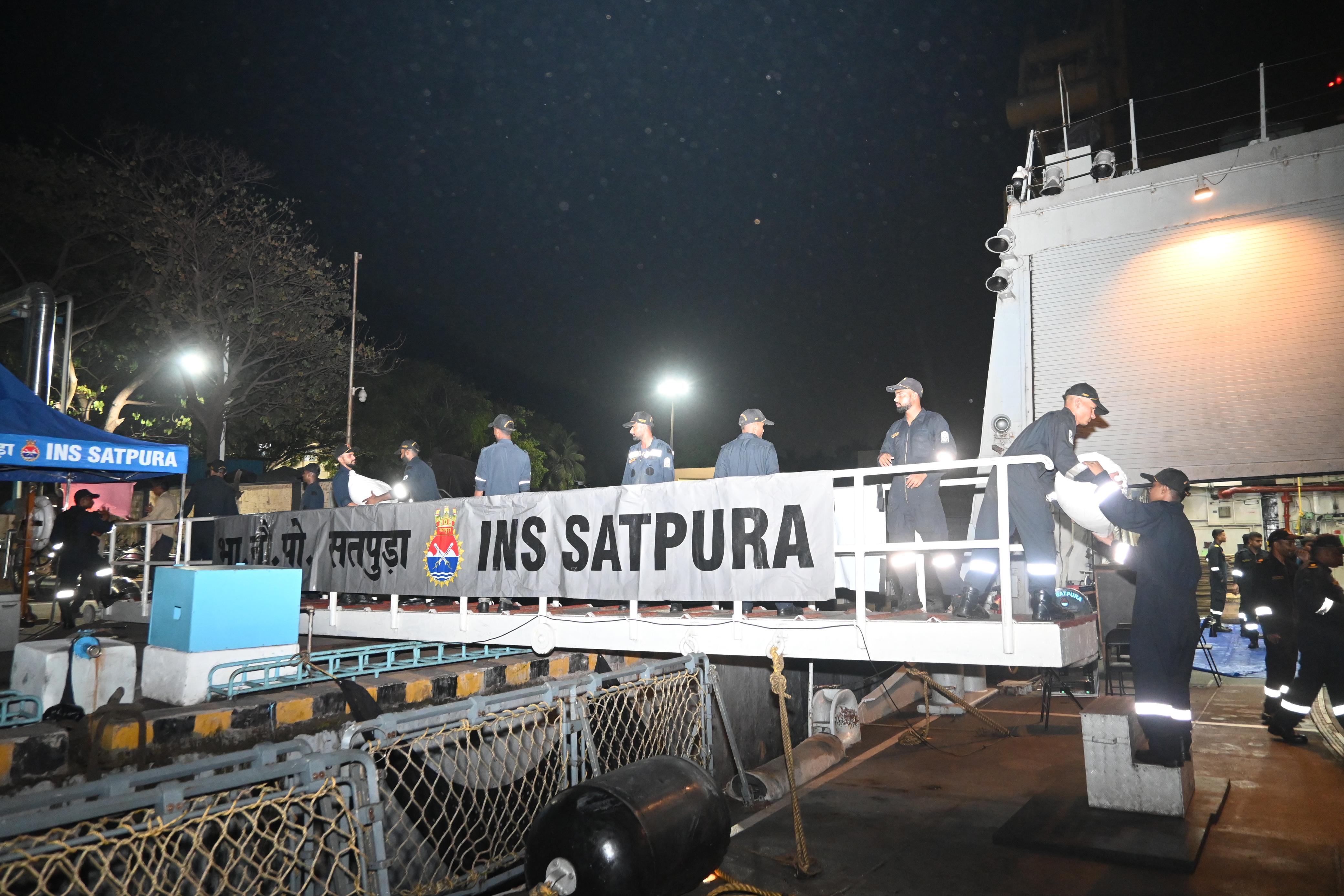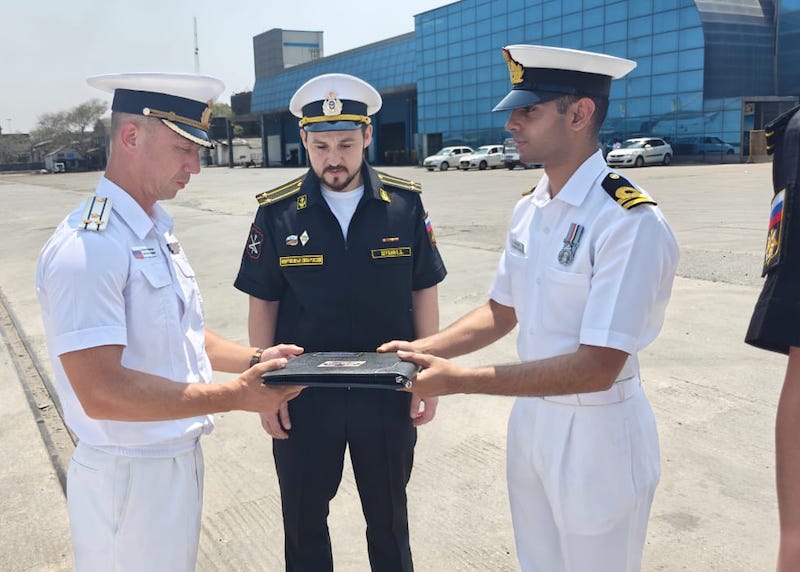 Photo for representation.
Photo for representation.
New Delhi: To address maritime threats in the Indian Ocean Region (IOR), India will soon establish a watchdog tentatively named National Maritime Domain Awareness Centre (NMDAC). The centre will collect, analyse, and disseminate intelligence to combat maritime terrorism, piracy, trafficking, and illegal fishing, among other threats.
The NMDAC will also closely monitor China’s growing naval presence in the IOR. Government sources in privy of the matter said they expect the final contract for the centre’s creation to be signed within a few months.
The NMDAC will consolidate 15 departments and organizations from seven ministries, including petroleum, defence, fisheries, and shipping. Bharat Electronics Limited (BEL), a state-owned company, will provide all the necessary hardware and software required for the centre.
Read also: Navy, Coast Guard swing into action as drone hits tanker in Arabian Sea
The project, announced by the Indian Navy chief, Admiral Radhakrishnan Hari Kumar, in 2022, has been approved by the government with an estimated budget of ₹250 crore.
The NMDAC will absorb the existing Information Management and Analysis Centre (IMAC), which currently gathers data on the IOR from coastal radars, satellites, and other sources.
The formation of the NMDAC stems from the November 2008 Mumbai terror attacks, which exposed the vulnerabilities in India’s maritime security.
India established IMAC in 2014, which is the nodal centre of the National Command Control Communication and Intelligence Network (NC3I), and the Information Fusion Centre-Indian Ocean Region (IFC-IOR) in 2018 as maritime domain awareness hubs for domestic and international information sharing.
Read also: IFC-IOR – The unseen hand that guided Navy’s response to hijacked MV Ruen
Both centres are in Gurugram, Haryana.
The Navy’s NC3IN network links 51 stations, including 20 naval stations and 31 Indian Coast Guard stations, providing a real-time picture of India’s nearly 7,500-kilometre coastline.
IMAC tracks vessels on the high seas using data from coastal radars, white shipping agreements, automatic identification systems (AIS) transponders on merchant ships, air and traffic management systems, and global shipping databases.
The IFC-IOR currently has 12 international liaison officers, with plans to increase this number to 40 by 2025-26, as India Sentinels reported earlier. It also has agreements with 25 countries and one international maritime organization on sharing white shipping data, in which the navies of countries exchange data on the commercial ships on each other’s maritime territories.

